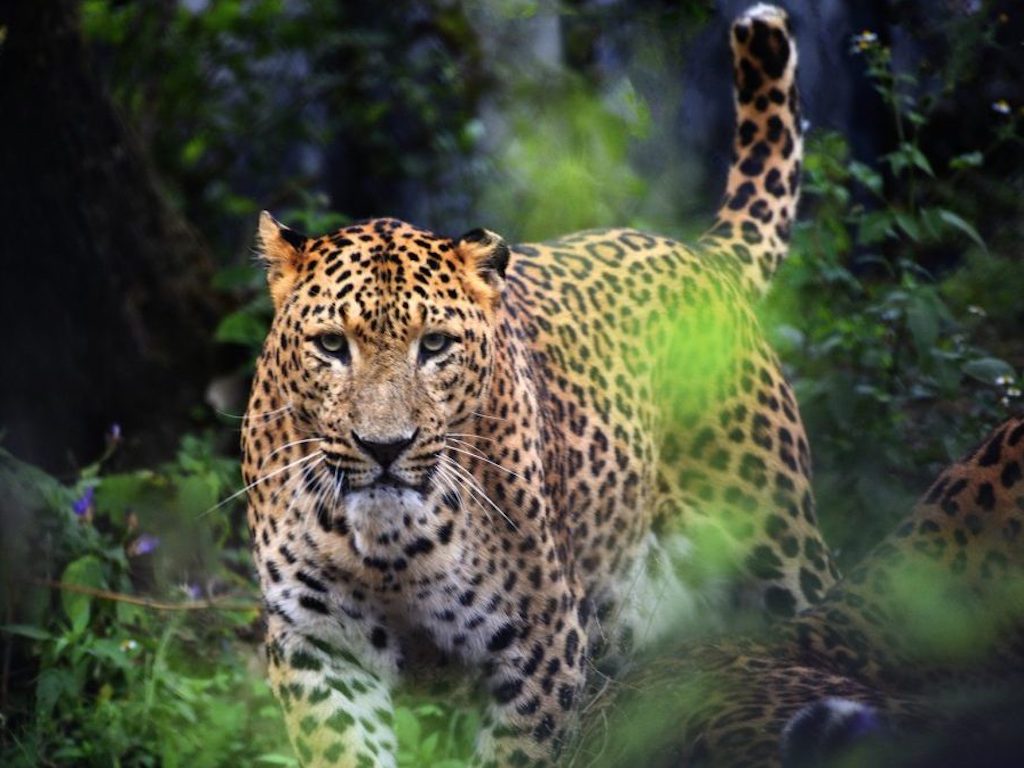Are SDGs An Environmental ‘Smokescreen’? Scientists Warn Global Goals Failing To Protect Biodiversity
3 Mins Read
According to a team of scientists from Singapore, Canada and Australia, the United Nations Sustainable Development Goals (SDGs), designed to better the lives of people and the planet, are failing to protect biodiversity. This oversight, warn the researchers, could mean that the 17 SDGs as currently applied may do more harm to the environment than good.
In a new paper published in the journal Nature, researchers warn that the globally agreed SDGs, which outline 17 targets to achieve by 2030, are an inadequate framework for protecting biodiversity, could be unknowingly promoting practices that would do little to stop the ecological crisis our planet is facing. Instead, it may serve as a “smokescreen for further environmental destruction throughout the decade”.
The research team includes scientists from the National University of Singapore, University of Northern British Columbia in Canada and the University of Queensland and University of Melbourne in Australia.
In their study, the scientists compared SDG indicators to a range of external measures and found that while most countries were showing progress on environmental SDGs, it had little correlation with the conservation of biodiversity and “instead better represents socioeconomic development”.
Only 7% of correlations between the SDG indicators and independent measures of biodiversity and environmental protection were significantly positive, while the majority – 78% – were not significant at all and 14% had a negative relationship with conserving biodiversity.
Social and economic issues were prioritised in the SDG indicators, such as rural population accessibility, without accounting for any of the destructive impacts resulting from urban infrastructure development.
The scientists point out that biodiversity is a crucial part of planetary health and threats to it will only exacerbate the likelihood of more extreme climate events.
“Over the past 50 years, threats to nature have accelerated globally, resulting in changes to more than 75% of the Earth’s surface and population declines in more than one million species,” said Professor James Watson of the University of Queensland.
Last month, an analysis showed that the sixth mass extinction of wildlife is speeding up, with over 500 land animal species now on the verge of disappearing forever within the next 20 years. This rate of extinction is unprecedented, and would have taken thousands of years if not for humanity’s destruction of biodiversity.
“We are expecting these threats to worsen in the coming years,” added Watson, who alongside his colleagues argue that the SDG indicators are in urgent need of revision.
Earlier this year on World Environment Day (June 5), the United Nations Environment Programme (UNEP) announced the theme of the event was biodiversity and called on urgent action to combat the fast accelerating loss of species and the natural world, particularly amid the ongoing coronavirus pandemic crisis, which further underlined the connection between human and planetary health.
Scientists have continually pointed out that humanity’s destruction of wildlife and nature are one of the leading drivers of deadly emerging diseases.
“The emergence of Covid-19 has underscored the fact that, when we destroy biodiversity, we destroy the very system that supports human life,” said the UNEP in a statement urging governments to focus on restoring biodiversity as a crucial part of protecting human lives and preventing future outbreaks.
Lead image courtesy of Jim Corbett Reserve / Flickr.




